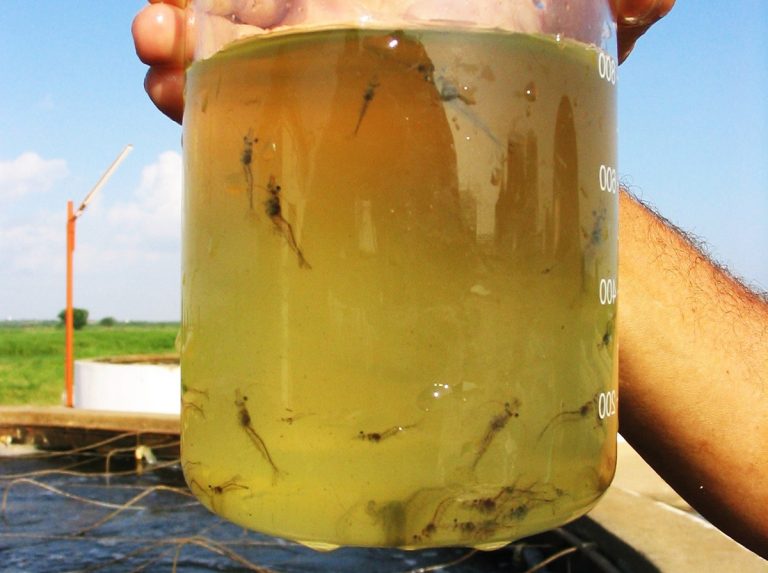
Health & Welfare
Dietary tannic acid performs well in Pacific white shrimp diets
Trials in China reveal dietary tannic acid can aid shrimp growth, digestion, nonspecific immunity, ammonia resistance and gut health.
Health & Welfare
Study provides insights into the adaptation of Pacific white shrimp to ammonia stress by enhancing immune function through tannins in feeds.

Health & Welfare
Trials in China reveal dietary tannic acid can aid shrimp growth, digestion, nonspecific immunity, ammonia resistance and gut health.
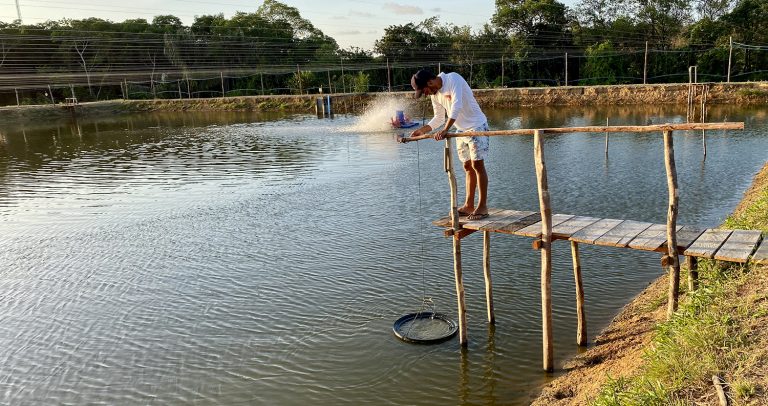
Aquafeeds
A regenerative fishmeal alternative for shrimp feeds from Ocean Ranch is created by the natural conversion of ammonia to protein.
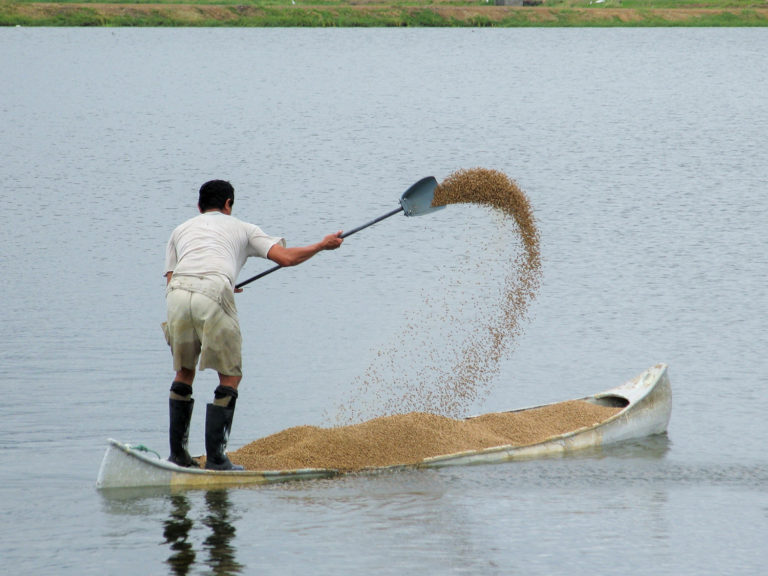
Responsibility
The major sources of ammonia in aquaculture ponds are fertilizers and feeds, and problems with high ammonia are most common in feed-based aquaculture.
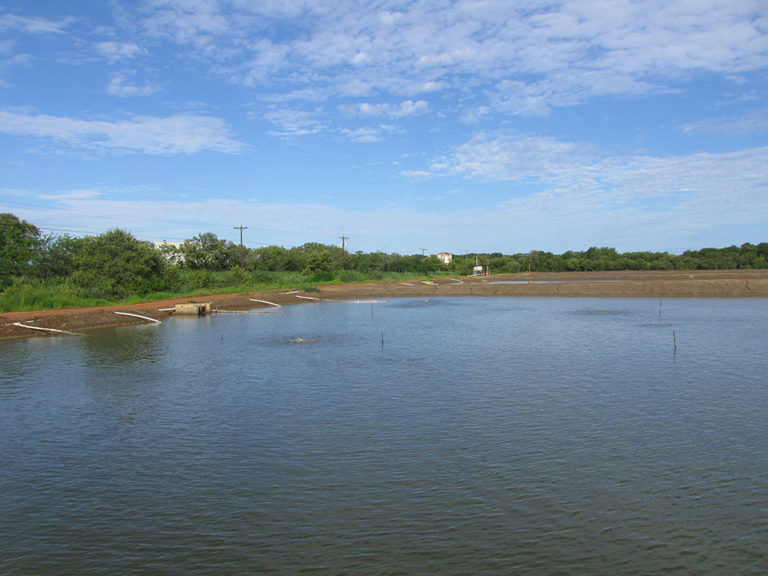
Responsibility
A vigorous phytoplankton bloom will support a healthy benthic community and will contribute significantly to stabilising and maintaining adequate pond water and bottom quality.
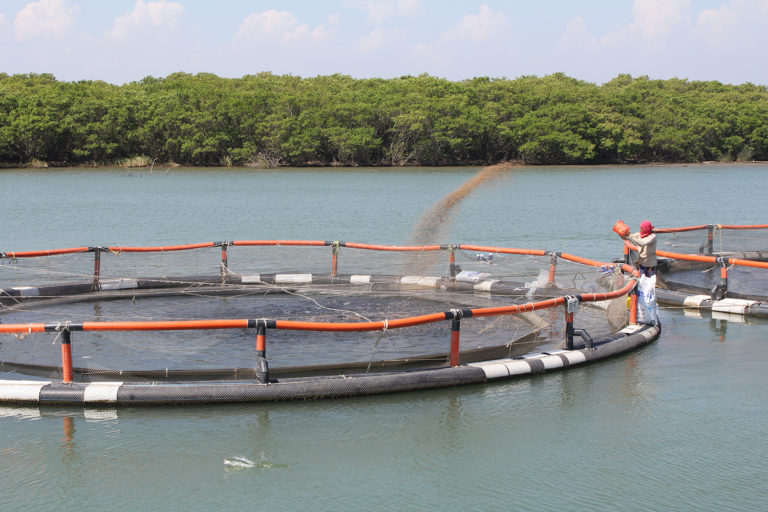
Aquafeeds
Manufactured aquafeeds, if improperly managed, can result in undesirable oxygen demand that can reduce dissolved oxygen levels and pollution through effluents, and stress cultured animals.
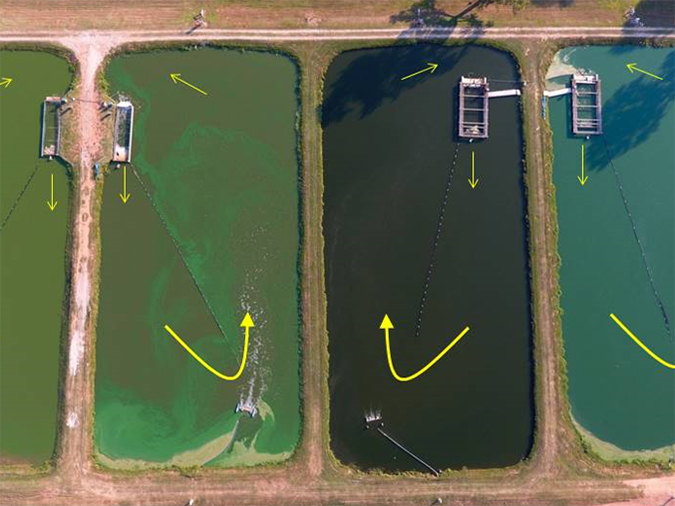
Responsibility
A promising strategy to increase fish production in static aquaculture ponds, the In-Pond Raceway System (IPRS) grows fish confined at high densities in floating or fixed raceways, instead of the animals being free in the pond.
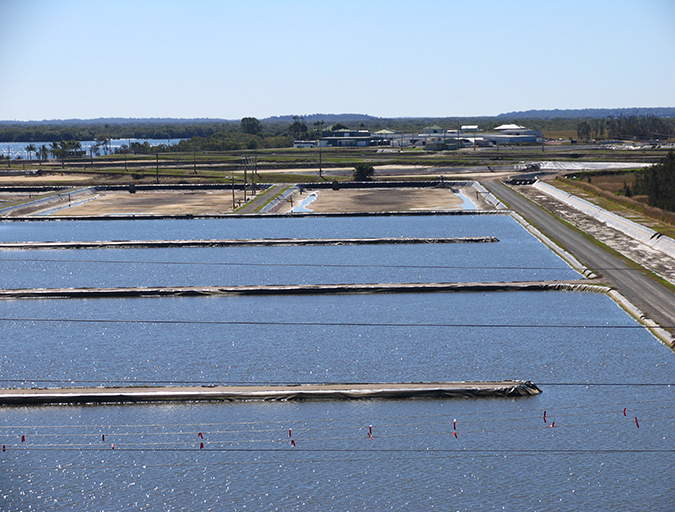
Health & Welfare
La atención al pH, una escala numérica usada para especificar la condición ácida o alcalina de una solución acuosa, es muy importante. La reducción de la biomasa y de las tasas de alimentación junto con el control del fitoplancton y el encalado pueden mantener el pH en valores deseables.
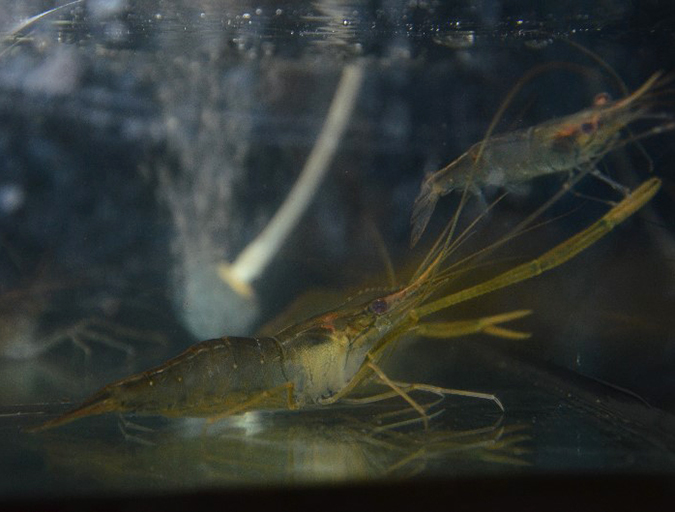
Health & Welfare
A study aimed to determine safe levels of ammonia and nitrite to various life stages of the Amazon river prawn, based on the hypothesis that the early stages of development of M. amazonicum are more sensitive to ammonia and nitrite than later stages. The monitoring of this variable is important to avoid losses, mainly in larviculture and recirculation.

Health & Welfare
Attention to pH, a numeric scale used to specify the acid or alkaline condition of an aqueous solution, is very important. Reducing biomass and feeding rates together with phytoplankton control and liming can often keep pH at desirable values.
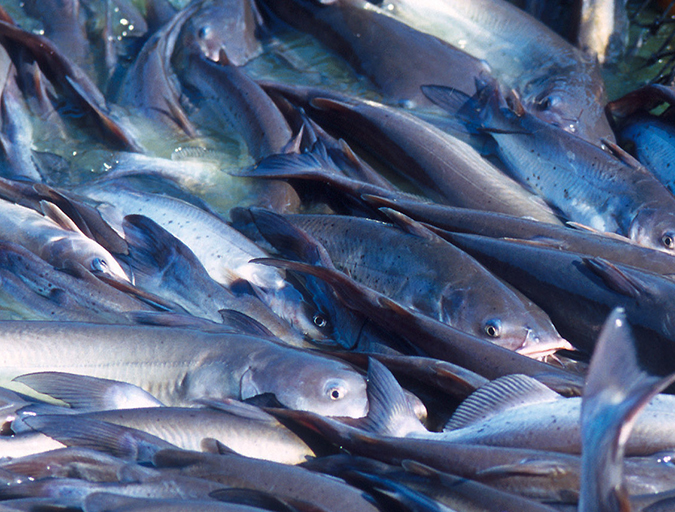
Intelligence
A study was conducted to assess the feasibility to grow Channel catfish (Ictalurus punctatus) in an outdoor biofloc system during winter in a temperate zone. High biomasses of market-size channel catfish were successfully maintained through the winter with high survival and in good condition in both treatments.
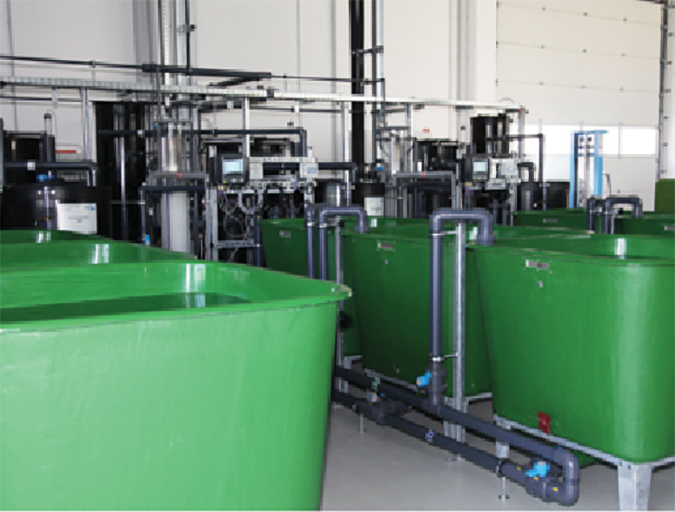
Health & Welfare
Biological filters are essential parts of recirculating aquaculture systems that transform toxic fish compounds such as ammonium and nitrite into less-harmful nitrate. The authors tested the convenience and efficiency of three methods for the initial inoculation of aerobic biofilters.
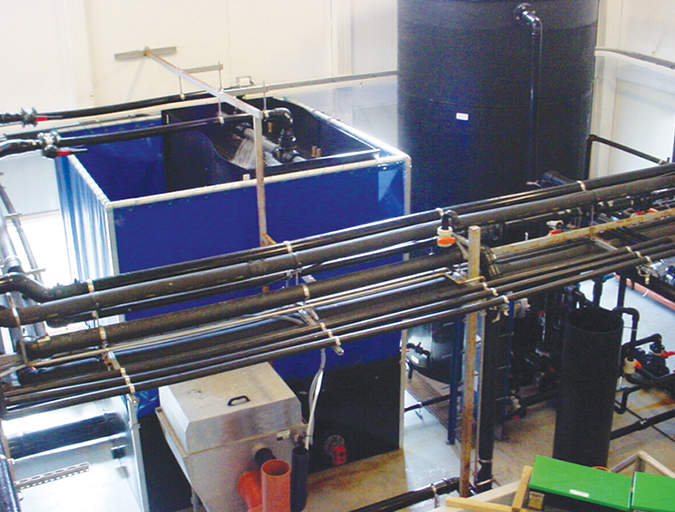
Innovation & Investment
Controlling total ammonia-nitrogen (TAN) concentrations is the primary concern when sizing a biofilter for use in a recirculating aquaculture system. Sizing decisions are best based on previous experience with a given biofilter media in a specific biofilter configuration.
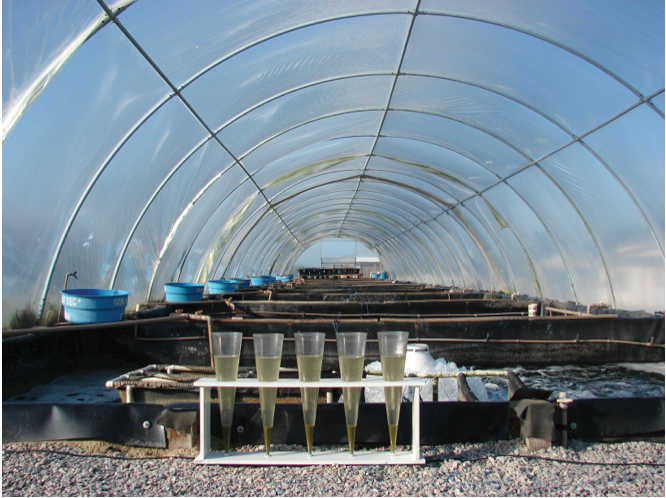
Health & Welfare
In a study, “pre-fertilization” in the nursery phase of a biofloc system for shrimp was tested. The objective was to accelerate the biofloc formation to minimize ammonia concentrations, avoiding high peaks during culture.
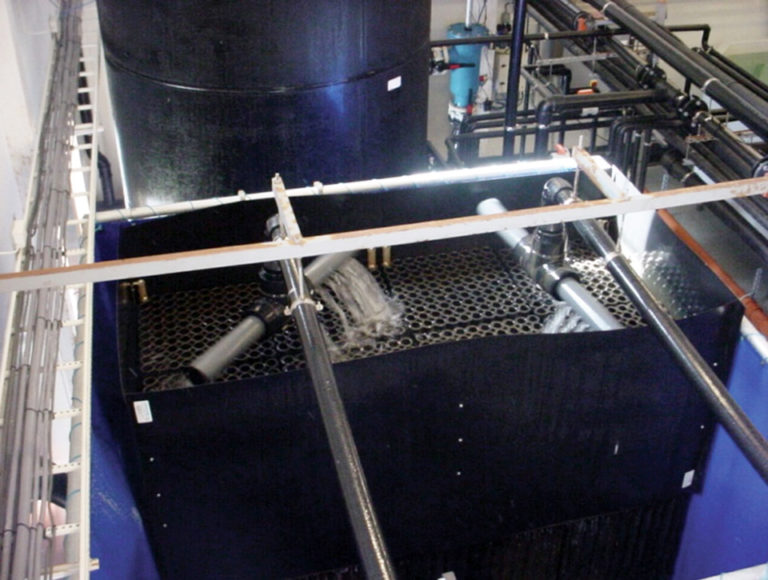
Innovation & Investment
Since un-ionized ammonia-nitrogen and nitrite-nitrogen are toxic to most finfish, controlling their concentrations in culture tanks is a primary objective in the design of recirculating aquaculture systems.
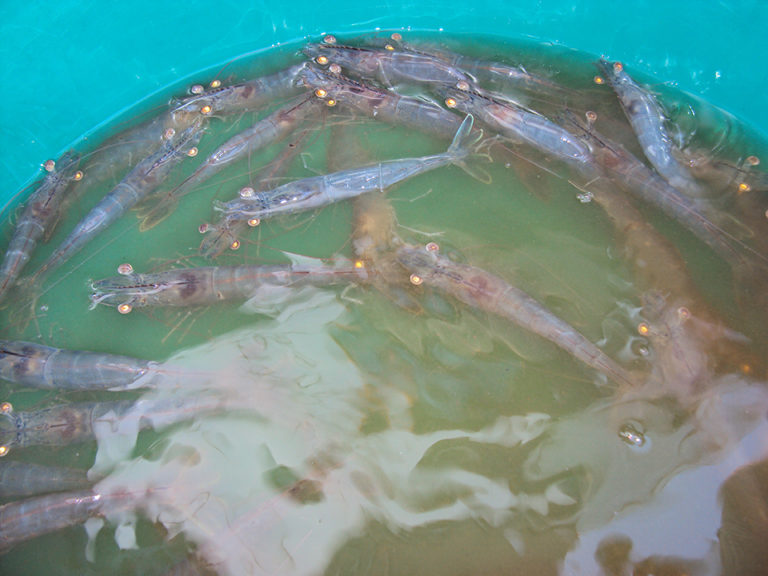
Health & Welfare
Ammonia nitrogen occurs in aquaculture systems as a waste product of protein metabolism by aquatic animals and degradation of organic matter, or in nitrogen fertilizers. Exposure can reduce growth and increase susceptibility to diseases in aquatic species.